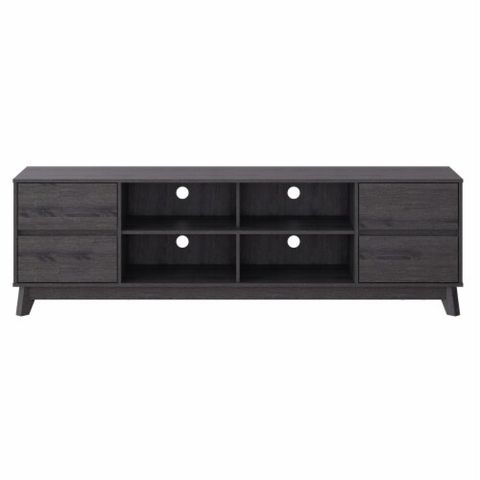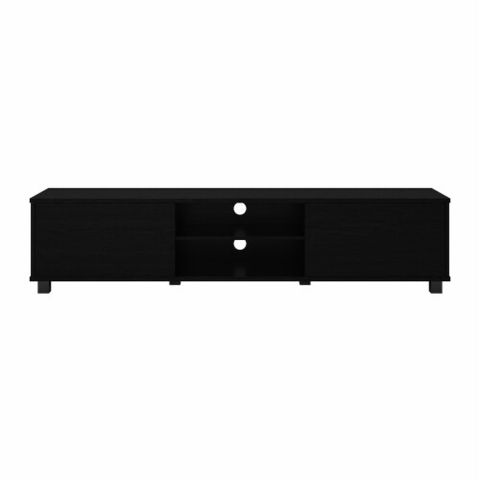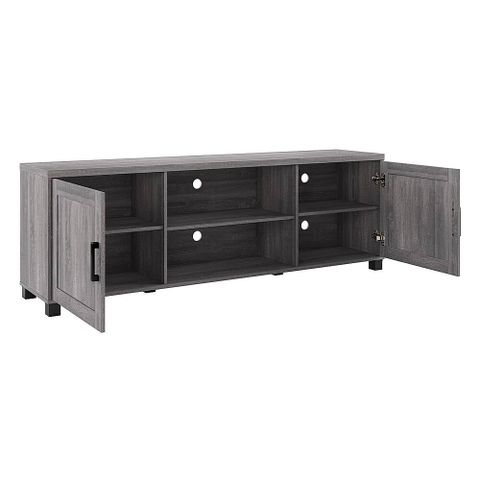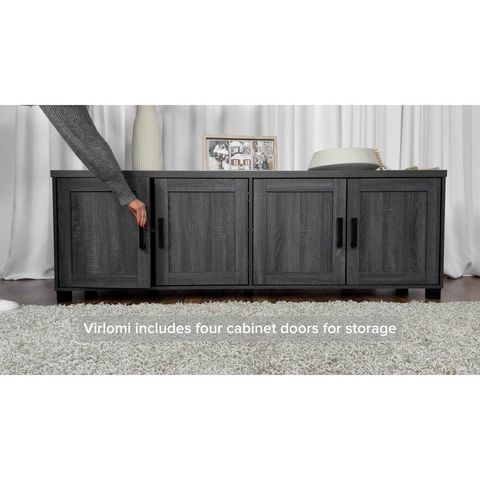Imagine walking into a room where every surface looks clean, organized, and spacious. No clutter, no chaos, just perfect balance. This isn’t some fantasy – it’s the power of smart furniture design. Hidden storage solutions have become the unsung heroes of modern living, especially for those of us trying to make the most of limited square footage.
We’ve all been there – standing in our tiny apartment or cozy home, looking around and thinking ‘where do I even put this?’ The struggle is real, and it’s not just about having too much stuff. It’s about having the right kind of furniture that works with our lives instead of against them. Hidden storage furniture isn’t just a trend; it’s a practical solution that’s changing how we think about interior design and space management. Think about it – when was the last time you felt genuinely relaxed in a space where everything had its place? That’s what hidden storage creates. It’s not just about hiding things away; it’s about creating a sense of calm and control in an increasingly chaotic world.
Understanding Hidden Storage Concepts
Hidden storage might sound simple, but it’s actually quite clever. At its core, it’s about integrating storage solutions directly into furniture pieces that serve multiple purposes. These aren’t just boxes or drawers tucked away in corners. They’re thoughtfully designed elements that blend seamlessly with your existing decor while providing surprising amounts of space. Consider a coffee table that doubles as a storage unit, or a bed frame with built-in drawers underneath. The magic happens when the storage isn’t obvious, which means less visual clutter and more elegant simplicity. You might be wondering why this matters so much. Well, research shows that people feel more relaxed in spaces where they can see their belongings are organized rather than scattered. Hidden storage helps create that feeling of order without sacrificing style or functionality. It’s like having a secret compartment in your life – you know it’s there, but it doesn’t dominate your attention.
Key Types of Hidden Storage Furniture
There are several categories of furniture that excel at hiding storage while maintaining their primary function. Let’s break them down:
• Storage ottomans – These are perfect for living rooms. They provide seating and footrest while concealing blankets, books, or seasonal items underneath. A good one can hold enough to keep your extra bedding organized.
• Beds with hidden storage – This is particularly useful in guest rooms or small bedrooms. The space under the bed can store everything from seasonal clothing to luggage. Many models feature sliding drawers or lift-up lids.
• Kitchen islands with concealed compartments – These are fantastic for homes where counter space is at a premium. Behind the island, you’ll find cabinets or drawers that can hide appliances, dishes, or even cleaning supplies.
• Built-in shelving units – These can be customized to fit exactly into spaces where you’d otherwise have wasted area. They’re often designed to look like regular walls until you discover the secret panels.
• Storage benches – Perfect for entryways or hallways, these double as seating and hiding spots for shoes, bags, or coats. They’re especially helpful in smaller homes where every inch counts.
Benefits Beyond Just Storage
The advantages of hidden storage furniture go far beyond simply putting things away. When you’re dealing with limited space, every element needs to work harder for you. Here’s what you gain:
• Visual clarity – When everything is tucked away, your space feels larger and more open. It’s amazing how much a room can change just by removing visible clutter.
• Easy maintenance – Everything stays cleaner when it’s properly stored. You won’t have to dust under furniture or hunt for misplaced items.
• Flexibility in design – With hidden storage, you can rearrange your furniture without worrying about losing access to your belongings. The storage remains available regardless of where you place the pieces.
• Increased property value – Smart storage solutions are always attractive to potential buyers. Whether you’re planning to sell or just want to enjoy your space more, well-designed hidden storage adds value to your home.
• Peace of mind – Knowing that important items are secure and organized brings a sense of stability that’s hard to quantify but very real.
Design Considerations and Tips
Before jumping into purchasing hidden storage furniture, consider a few key factors:
• Measure carefully – This cannot be overstated. You want to ensure the furniture will fit exactly where you plan to put it. Measure not just the space, but also how much clearance you need for opening doors or drawers.
• Think about accessibility – While hiding things is great, you still need to reach them easily. If something is too deep or too high, you’ll end up frustrated trying to find it.
• Match your existing style – Hidden storage should complement rather than clash with your current décor. Whether you prefer modern minimalist or rustic charm, there’s a hidden storage option that fits.
• Consider weight limits – Some storage solutions are better suited for certain items. Heavy appliances might need different handling than clothing or books.
• Plan for future needs – Try to anticipate what you’ll want to store over the next few years. This helps prevent buying something that will quickly become inadequate.
Popular Materials and Construction
The materials used in hidden storage furniture affect both durability and appearance. Here are the most common options:
• Wood – Classic and timeless, wood provides strength and beauty. Solid wood tends to last longer, while engineered woods offer good value. The grain patterns add character to any room.
• Metal – Often used in contemporary designs, metal offers a sleek look and excellent durability. It’s also relatively easy to clean, making it ideal for high-traffic areas.
• Laminate – This material provides a good balance between cost and appearance. It’s available in many finishes and patterns, making it versatile for different styles.
• Fabric – For softer touches, fabric is often used for upholstered storage pieces. It’s comfortable for seating and can be easily cleaned.
• Mixed materials – Many modern pieces combine several materials for both function and style. A wooden frame with metal accents, for example, can give you the best of both worlds. The construction quality matters just as much as the materials themselves. Look for solid joints, smooth-moving mechanisms, and reliable hardware. These details determine how long your investment will last.
Real-World Applications and Examples
Let’s look at some actual situations where hidden storage made a difference:
• Studio apartments – In a 400-square-foot space, a bed with storage underneath meant the residents could keep clothes and linens organized without needing additional furniture. They even used the storage for seasonal items.
• Small kitchens – A couple with two young children found their kitchen was constantly overwhelmed with toys and supplies. Installing a cabinet with hidden compartments behind the island solved their organization issues.
• Home offices – A freelance writer needed to keep various supplies organized but didn’t want to sacrifice the professional appearance of her workspace. A desk with hidden drawers kept pens, paper, and electronics within reach but out of sight.
• Entryway challenges – A family of four needed somewhere to keep coats, umbrellas, and shoes. A bench with hidden storage became their solution, allowing them to maintain a tidy entrance while storing everything they needed.
These examples show how adaptable hidden storage can be across different lifestyles and situations. It’s not just for people with small spaces either – anyone can benefit from the organization and elegance it brings.
Common Mistakes to Avoid
Even with the best intentions, some pitfalls can make hidden storage less effective:
• Overlooking access – People sometimes buy storage furniture that’s too deep or narrow for practical use. Make sure you can actually get items in and out easily.
• Ignoring weight capacity – Trying to store heavy items in furniture not designed for it can cause damage or even injury. Always check the manufacturer’s specifications.
• Neglecting maintenance – Hidden storage isn’t maintenance-free. Regular cleaning and checking of moving parts keeps everything working smoothly.
• Buying too much – Sometimes the temptation to stockpile everything leads to over-storage. Think about what you really need and how often you’ll use it.
• Choosing poorly – Not all hidden storage is created equal. Quality matters significantly when you’re relying on these pieces daily. Invest in well-made items that will last.
Making the Right Choice for Your Space
Selecting the right hidden storage furniture requires careful consideration of your lifestyle and space constraints. Start by asking yourself these questions:
• What do I need to store regularly?
• How much space do I have available?
• What’s my budget range?
• Do I want something that can be moved or is permanent?
• What’s my overall aesthetic preference?
Once you’ve answered these, you’ll have a clearer picture of what would work best for you. Don’t feel pressured to buy everything at once. Start with one or two key pieces and build from there. Remember, the goal isn’t to hide everything forever – it’s to create a system where everything has its place and is easy to access when needed. The right hidden storage furniture becomes invisible in the best way possible – it simply makes your life easier without drawing attention to itself.
Hidden storage furniture represents more than just a clever design solution – it’s a mindset shift toward intentional living. When we take the time to thoughtfully organize our spaces, we’re essentially creating room for ourselves mentally and physically. These pieces don’t just solve the immediate problem of clutter; they help us develop better habits and routines. Whether you’re dealing with a studio apartment or a busy family home, the principles remain the same: find furniture that serves multiple purposes, integrates well with your existing style, and provides real value. The key is choosing wisely. Invest in pieces that truly meet your needs rather than just following trends. When done right, hidden storage furniture becomes one of the most valuable assets in your home. It’s not about hiding things from view – it’s about creating a space where everything has purpose and everything is easy to find. In our increasingly fast-paced world, that kind of thoughtful design is more valuable than ever.














